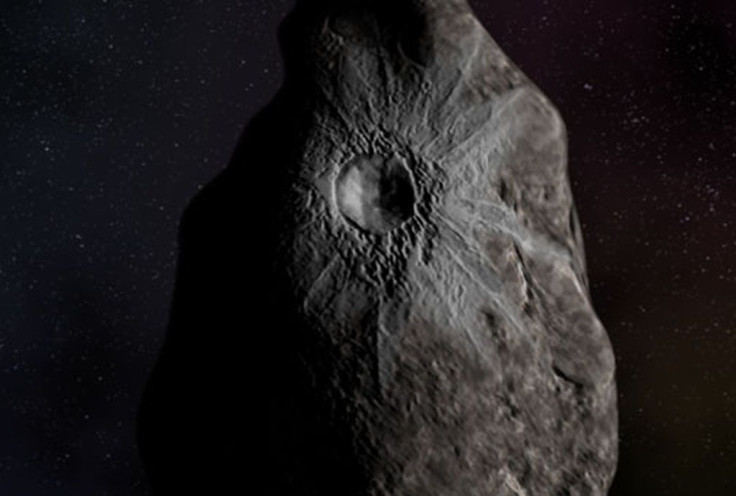Mysteries of Uranus: Scientists fascinated by planet’s magnetosphere; NASA may visit Ice Giant

Research carried out by the Georgia Institute of Technology has revealed Uranus’ weird side. The planet is full of oddities, which is already known to scientists. However, the new study also found that its magnetic field, which rotates along with the planet, flips on and off every day.
Uranus’ magnetosphere is insanely chaotic and tilted at a 60 degree angle to its rotational axis. Hence, depending on the orientation, the magnetosphere opens and closes at certain times. The planet rotates on its sides because of its 98-degree spin axis, the reason for such is still unknown. Experts call Uranus a “drunk” planet. Its magnetic field is said to be “tumbling around” as it rotates.
Georgia Tech associate professor Carol Paty and PhD candidate Xin Cao used numeric models from Voyager 2 data to simulate Uranus’ magnetosphere. They were able to unlock some of the planet’s mysteries, with the understanding that the magnetosphere lets in or blocks solar winds.
The study was published in the Journal of Geophysical Research: Space Physics. The magnetic field around Uranus is extremely dynamic and heavily dependent upon rotation. This is the biggest difference between Uranus and any other planet, including Earth. The only time NASA visited the Ice Planet was back in 1986 when it was on its Voyager 2 mission. It was only a five-day flyby.
“We have the Kepler telescope, which is revealing thousands of planets throughout the galaxy. It turns out statistically, the largest proportion of these exoplanets are most similar in size — and likely dynamic — in structure to Uranus and Neptune. They might provide a bit of a benchmark for understanding dynamics at all of these exoplanets,” Paty told Gizmodo Australia.
Uranus’ uniqueness has always enthralled scientists, so much so that NASA has submitted another proposal to revisit the planet as well as Neptune in the coming decades. The mission is expected to cost no more than US$2 billion (AU$2.64 billion approx), and it could be launched between 2024 and 2037. Planets such as Uranus and Neptune will never be able to support life, but studies could go a long way in understanding the origins of planets and even the universe.
Exploring at least one ice giant is crucial for the advancement of the understanding of the solar system, planetary formation and evolution and also exoplanetary systems. Stay tuned on IBT AU for more updates on the mission to Uranus and Neptune.




















